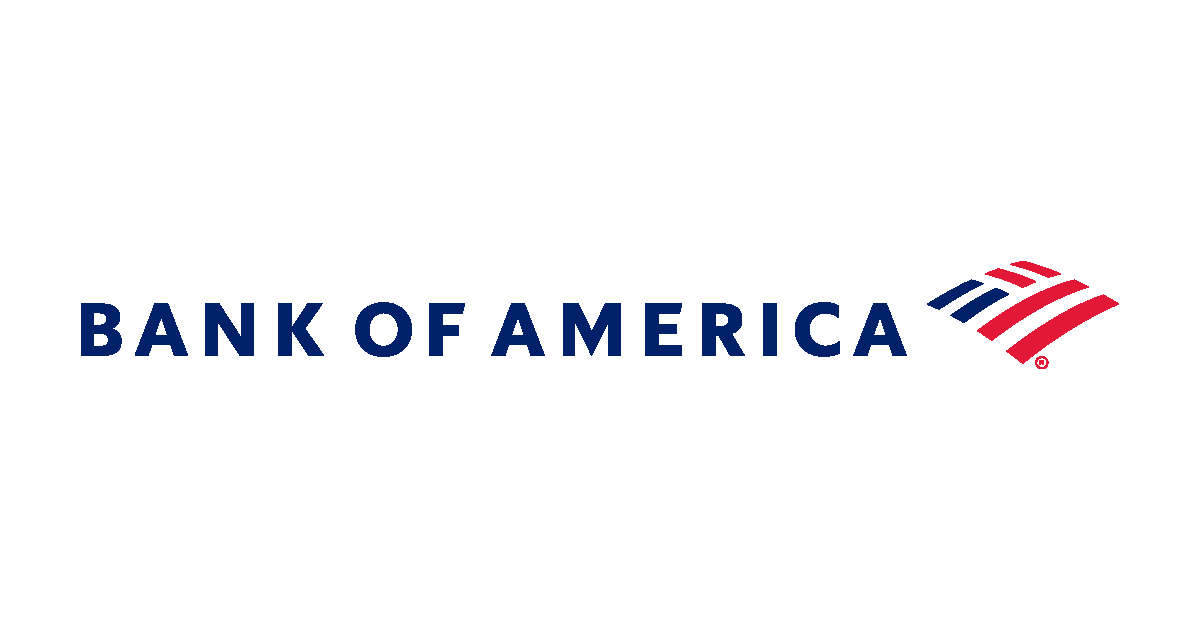Investors making their asset allocation decisions for 2024 will be considering the prospect of falling interest rates for the first time in over two years.
While many anticipate a soft landing, several risks remain on the horizon including a second spike in inflation and rising geopolitical tensions which can be difficult to hedge against.
With 2023 tipped as the year bonds were back – fixed income ETFs have seen a record $63bn inflows to the end of November – asset gathering looks set to carry on into next year with interest rates poised to fall.
Meanwhile, US equities continue to soar, with many predicting the performance – driven by the ‘magnificent seven’ stocks – to tail off over the next 12 months.
For many, we are finally seeing an attractive entry point for the traditional 60/40 portfolio bringing a ‘back to basics’ asset allocation decisions to the table.
Following what has been a positive year for most asset classes, ETF Stream has selected five ETFs that could help fund selectors manage volatility and offer outperformance in 2024.
1. Xtrackers S&P 500 Equal Weight UCITS ETF (XDEW)
The past 12 months have been dominated by overconcentration in US equities, driven by the artificial intelligence boom which arguably should have been punished by rising rates.
The ‘magnificent seven’ of Apple, Amazon, Alphabet, Meta, Microsoft, Nvidia and Tesla have caught headlines in 2023, resulting in a “special rebalance” of the Nasdaq 100 earlier this year.
Investors wary of this have piled into XDEW, which recorded $1.7bn inflows in Q3 alone.
Since then, the S&P 500 has continued its rise and is up a further 7.8% since the beginning of October, with the ‘magnificent seven’ continuing to drive performance.
With an average price-to-earnings ratio of 48, the ‘magnificent seven’ are in a bubble, meaning investors may want to further consider XDEW into 2024 if they are in search of a broader-based equity rally.
However, for those bullish on tech, Bank of America estimates each stock would have to rise by 55% for the group to reach just half of the peak valuation of the late 1990s ‘dot-com’ bubble.
That scenario would add 15% to the S&P 500 returns, assuming no change in all other stocks.
2. Lyxor MSCI Emerging Markets Ex China UCITS ETF (EMXC)
China continues to face headwinds heading into 2024 with many expecting the world’s second-largest economy to struggle to generate economic growth.
China has dragged on EM performance so far this year. The MSCI Emerging Market index, which has a 28.4% weighting to China, has returned 5.7% in the 11 months to the end of November, versus 12.1% for EMXC.
Those expecting more of the same may look to exclude it completely from their emerging market allocation, with countries such as India doing more of the heavy lifting.
EMXC is Europe’s largest EM ex-China ETF with $621m assets under management, but it is also the cheapest with a total expense ratio (TER) of 0.15%, undercutting the recently launched UBS ETF MSCI Emerging Markets ex China UCITS ETF (EMXCN) by one basis point.
For those not willing to cut the world’s second-largest economy out of their portfolio, using ETFs such as EMXC allows investors to take a more granular approach to China – either via A-Shares or H-Shares exposure.
3. Xtrackers MSCI World Health Care UCITS ETF (XDWH)
Considered a defensive play, the healthcare sector could help shield investors’ portfolios from volatility in 2024, should inflation remain persistent.
The sector is known for its stability of earnings, strong cash flow and quality characteristics and plays into the demographic trend of ageing populations.
A broad beta play such as XDWH would certainly play to more of these qualities. The ETF is the largest in this sector at $1.9bn and is also the joint cheapest alongside the iShares MSCI World Health Care Sector ESG UCITS ETF (WHCS), which both have a total expense ratio of 0.25%.
Digital healthcare is an emerging trend investors may also wish to keep an eye on, with an anticipated $400bn plus market opportunity by 2030, according to Statista Market Insights.
Despite this, health tech is much less likely to offer you the portfolio buffer as the broad sector exposure, hence the inclusion of XDWH over a more thematic strategy.
4. iShares $ Treasury Bond 20+yr UCITS ETF (IDTL)
When and how to add duration has been the question fund selectors have been asking themselves throughout the past 12 months.
Until recently, many have favoured the short end of the yield curve as the Federal Reserve continued to raise rates throughout the year as economic data remained resilient.
Those looking to add duration risk have done so using a barbell approach, piling into the short and long ends of the US Treasury yield curve in a bid to navigate a combination of inflation and recession risks.
However, there are signs that now could be the time to add duration to the portfolio. Markets are pricing in a 66.5% chance the Federal Reserve will lower interest rates by 50 basis points (bps) by the end of H1 next year.
In this scenario, investors may want to consider IDTL should the US economy show signs of weakness. The $8.3bn ETF currently has a weighted average maturity of 26 years with a yield of 4.4%.
5. Lyxor US Curve Steepening 2-10 UCITS ETF (STPU)
Another standout ETF of 2023, and ETF Stream’s Fixed Income ETF of the Year, STPU could also be a top pick for investors who are more cautious about the outlook for 2024.
Fund selectors anticipating a recession and a subsequent cut in interest rates may want to consider this strategy.
STPU, which tracks the Solactive USD Daily (x7) Steepener 2-10 index, outperforms when the 10-year Treasury yields increase, causing the 2-10yr curve to steepen, a scenario likely to play out if the Fed cuts rates.
The ETF is in neither positive nor negative territory this year, but is up 4.3% since 3 July when the spread between two-year and 10-year Treasuries hit their deepest inversion since 1981 at 108bps.






